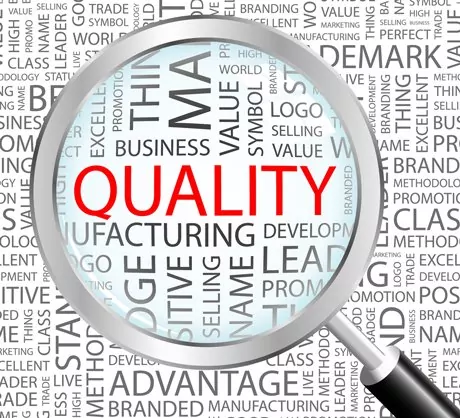Quality Culture and your role
EudraLex, Vol. IV, Chapter 1 (Pharmaceutical Quality System) defines Good Manufacturing Practice (GMP) as the part of quality management which ensures that products are consistently produced and controlled in accordance with the quality standards appropriate to their intended use and as required by the Marketing Authorisation, Clinical Trial Authorisation or product specification.
The scope of the Pharmaceutical Quality System (PQS) applies to all stages of the product lifecycle;
- Pharmaceutical Development- design for quality & consistency
- Technology Transfer- transfer product/process knowledge between sites
- Commercial Manufacturing- establishing and maintaining a state of control, and facilitating continual improvement
- Product Discontinuation-manage the terminal stage effectively
Effective implementation of the PQS should facilitate innovation and continual improvement and strengthen the link between pharmaceutical development and manufacturing activities. Further guidance on PQS requirements can be found at the following link:
Quality culture plays a significant role in ensuring that an effective PQS is in place within a pharmaceutical organisation. Establishing a quality culture takes time and commitment across the organisation. In many cases it involves changing the mind-set of a pharmaceutical organisation from a compliance-led culture to an excellence-led culture of quality. Culture drives people’s behaviour, innovation and customer service.
The actions and behaviours that are displayed at a leadership level play a key role towards the successful implementation of quality culture. It is important for leaders to be seen to demonstrate the following behaviours:
- Visibility (presence and visible management commitment, engaging with employees at all levels within the organization)
- Voice (passion, credibility, clarity, motivation)
- Values (ethics, model behaviours, humility)
- Vision (strategy, unifying goals, plan, mantra)
- Vigilance (accountability, follow through, grit)
Senior management should lead the process for transformational change, dedicate financial and human resources to Quality Improvement (QI), communicate progress, hold staff accountable, address resistance to change, and exhibit visible support for QI.
Middle managers and supervisors should ensure that all employees have the direct support needed and are being held accountable to QI values and behaviours.
Without leadership commitment, progress toward the desired state will diminish and likely result in relapse to the previous state.
For more on how leader actions and behaviours influence quality culture see the following link https://ispe.org/ispeak/influence-quality-culture-part-2
It is not just managers alone that should drive quality culture within organisations. Ideally QI should be inherently built into the cyclical performance management plans for all employees so that it is embedded across all levels of the organization. This should also include provision of ongoing training opportunities, granting authority to make decisions and eliminating fear of consequence or blame culture.
There are many ways in which QI can be encouraged and implemented and some examples include:
- Motivate all of your employees so that they want to be part of the cultural transformation. There are two types of motivation that drive employee engagement: intrinsic and extrinsic. Intrinsic motivation is the individual desire to seek out new things and challenges, to analyse one’s capacity, to observe and to gain knowledge. It is driven from within an individual rather than relying on external pressures. Extrinsic motivation is achieved through reward, recognition and money and is less effective in achieving full employee engagement.
- Advertise and Promote. Don’t be shy about promoting and advertising how your QI plan is progressing and demonstrating how it is contributing to the success of developing a quality culture. Organise patient talks, Quality Awareness weeks, advertise and promote on notice boards, arrange lunch and learn sessions, celebrate the successes and make them visible.
- Teamwork and Collaboration: It is important to regularly brainstorm (across the organisation) for new and novel ideas and ways to keep employee’s interested, included and motivated. It is equally as important to gather to solve problems and share lessons learned. Collaboration between departments helps to standardize processes.
At PharmaLex, we have a team of consultants who have a large breath of experience and exposure to pharmaceutical organisations of different types and sizes. PharmaLex would be more than happy to facilitate a call with your company and help you to develop a QI plan.
If you would like further information or wish to discuss how we can tailor our services to meet your specific needs please connect with us to discuss +353 1 846 4742 or contactirl@pharmalex.com








